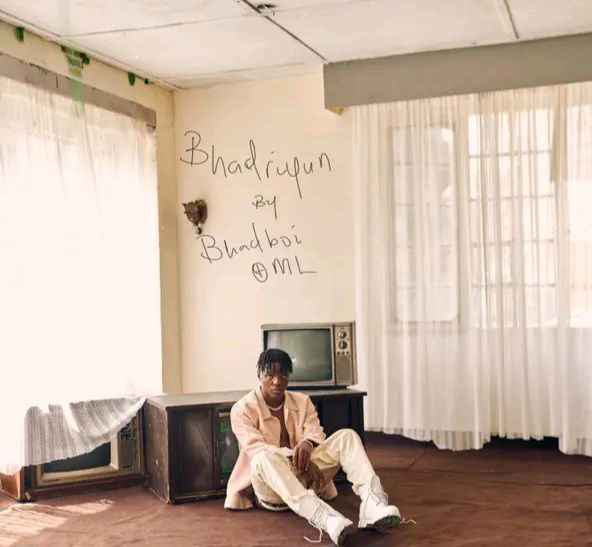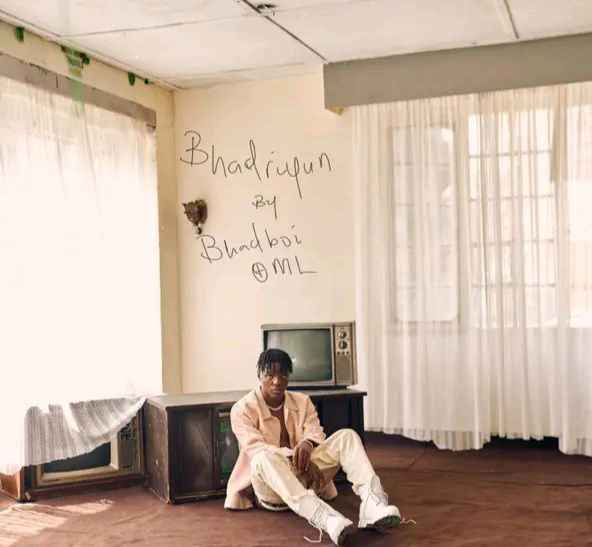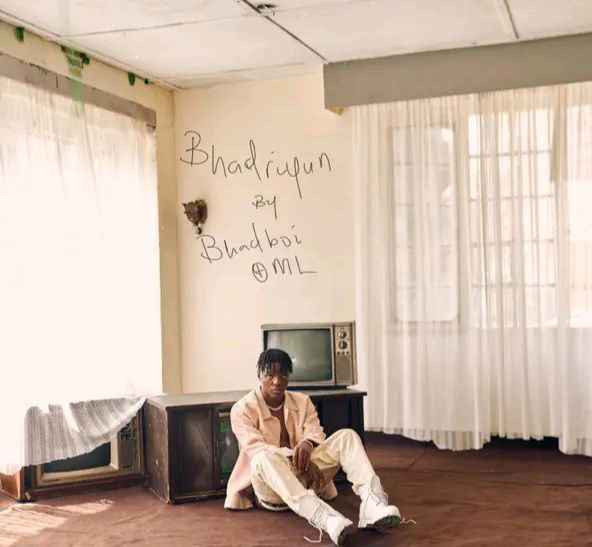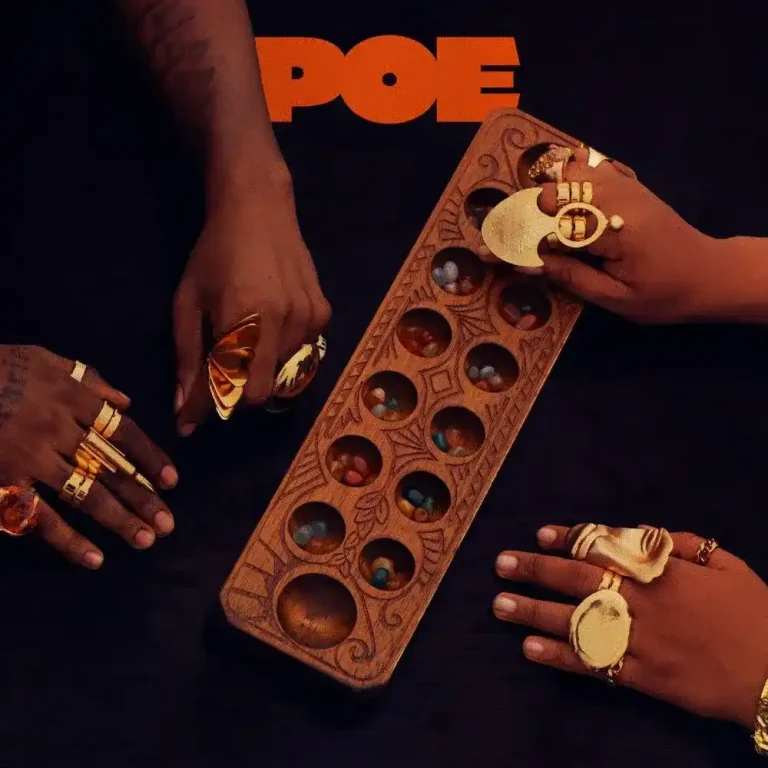6 Tips on Maintaining Relaxed Hair
Relaxed hair, by its definition, undergoes
controlled damage in order to straighten it, but maintaining this hair in a healthy fashion is possible with several simple steps. If you’re not currently following most of these tips, your hair may not be as healthy as it can be. All hair should be pampered, but relaxed manes require even more special treatment due to their processed nature. See if these seven tips for maintaining healthy relaxed hair can’t help you get your straight tresses into the best shape possible.
1. See a Professional for Chemical Applications
This is typically where you’ll spend the most money in maintaining relaxed hair, but it’s worth investing in a trusted stylist for touch-ups and/or colouring. They’re licensed for a reason. Too many women (and children and men) are walking around today with damaged hair that’s the result of home treatments.
Find a stylist you trust. This may not be easy; you may have to try several salons and get recommendations before you find someone you’re happy with. Once you find a professional and build a good relationship with her, she should be able to advise you whether a lye or no-lye relaxer is best for you, which cuts will most flatter you and how to care for your hair on a daily basis.
2. Choose Low or No-Heat Styling
Flat iron and curling irons are very convenient, but daily use will eventually lead to dryness and damage. Heat tools are fine for occasional use, but try to get into the habit of low or no-heat styling when you can. Examples of styling techniques that don’t require a lot of heat include:
Wet sets, wrapping, satin-covered rollers, curl formers, Flexi-rods, buns, braids, updos
3. Wrap and Protect at Night
Not only does wrapping your hair at night save you time in the morning, but it also protects your delicate tresses while sleeping, especially if you add extra protection in the form of a silky hair cover or pillowcase. When you mold your hair to the shape of your head, you preserve body and volume in a low-maintenance fashion that requires absolutely no heat. You won’t need to “bump” your ends with a curling or flat iron, so this heatless setting method is gentle on the most delicate part of your mane.
4. Condition Regularly
Relaxers strip away some of the hair’s natural oils during the process of straightening; replacing moisture is essential to keeping hair in good shape. Instead of greasy, petrolatum-laden products which don’t actually moisturise the hair but only coat it, rely on good-quality conditioners and moisturisers to maintain proper moisture levels in your tresses. Follow each shampoo with a rinse-out conditioner and deep condition two to four times per month, depending on your hair’s needs.
5. Trim as Needed
The ends of your hair can become excessively dry if not cared for properly. They’re the oldest and most fragile parts of your hair and they need to be treated with extreme care. However, they’re not going to last forever and it’s better to get rid of split and dry ends sooner rather than later. If you routinely pamper your hair and observe other good practices, you’ll need to trim less often than someone who flat irons daily or never deep conditions.
6. Wear Protective Hairstyles
Why protective styles such as chignons, updos and braids? Because these hairdos keep your hair’s ends up and out of sight, which allows them to retain moisture, and that in turn leads to more hair retention. Even if your goal is not to grow hair down your back, well-moisturized ends are still important, as they fit into an overall healthy head of hair. This isn’t to say that your mane always needs to be up and out of sight; after all, if you have long, healthy, straightened locks, part of enjoying them is showing them off, right?
uncova.com










